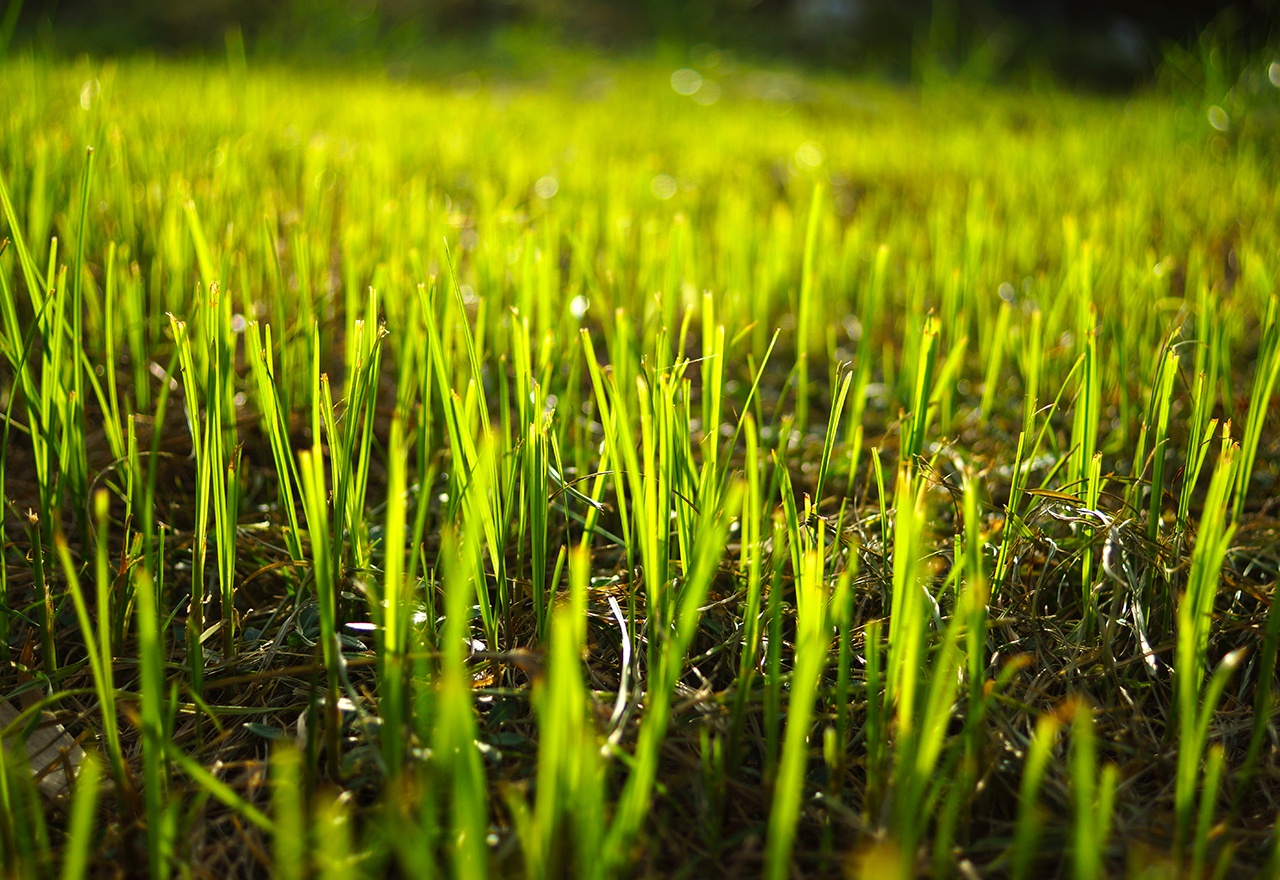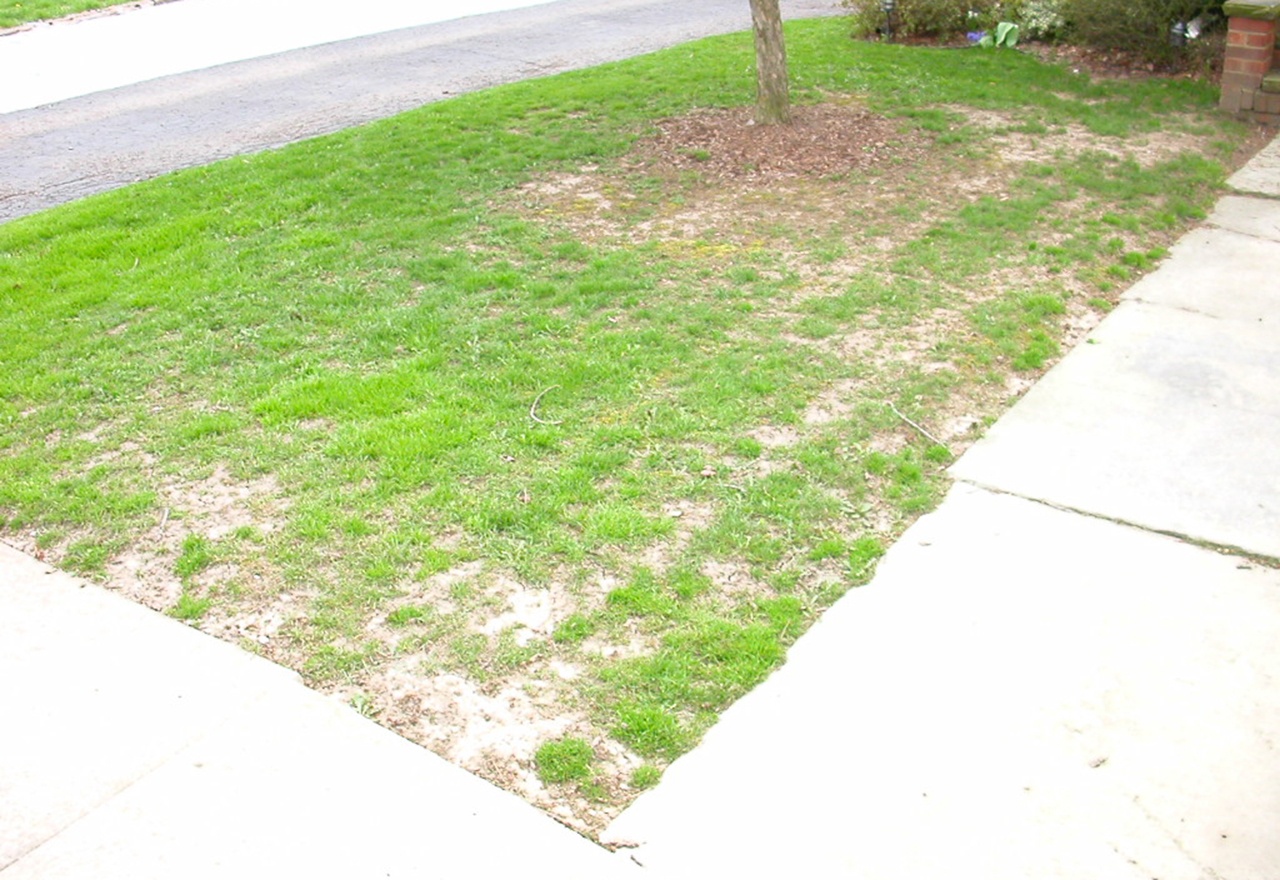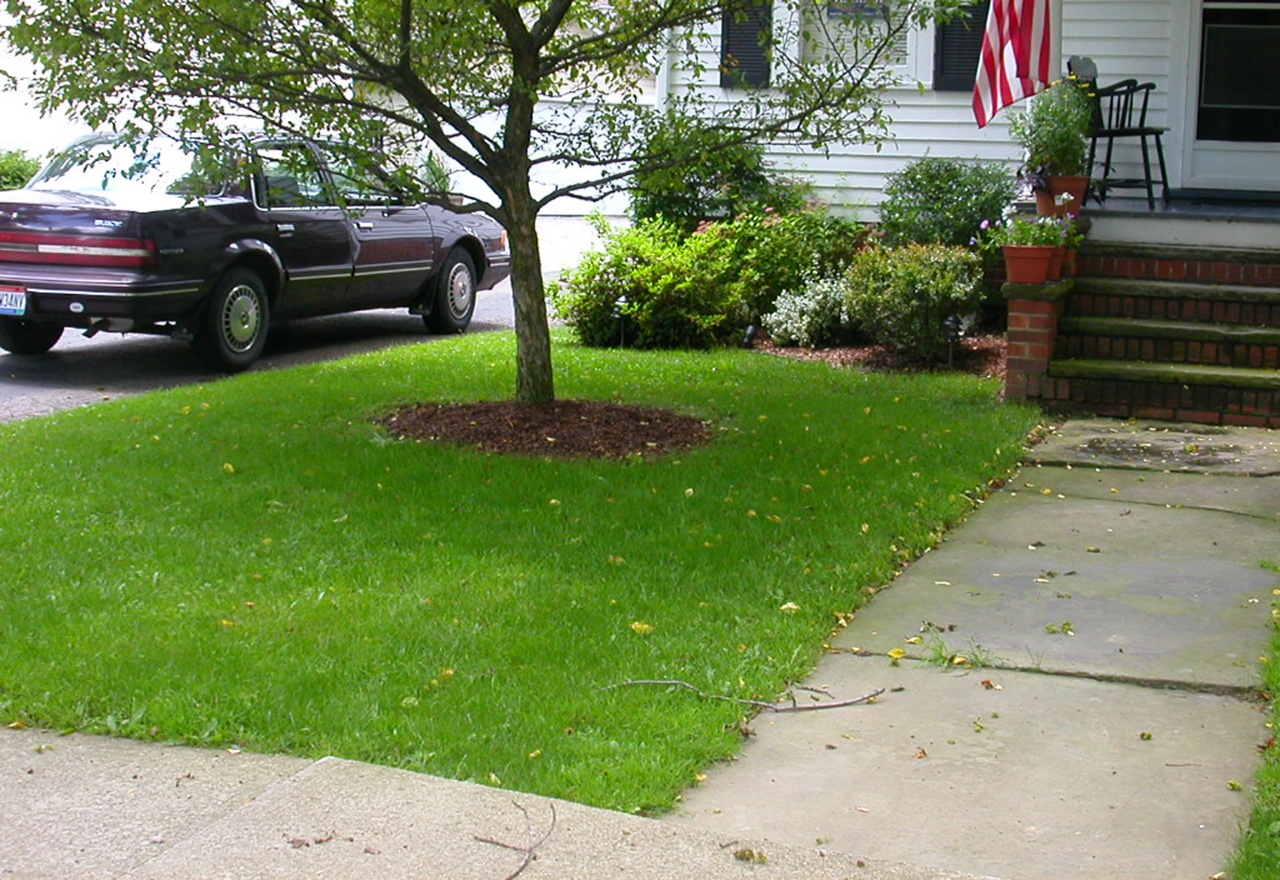
Fight Weeds Naturally With Regular Slice Seeding
Is your lawn thin, older or not that attractive? Slice Seeding is a great way to breathe new life into your lawn and thicken it to fight weeds, naturally. We use a special seeding machine, which improves the seed-to-soil contact as it plants the grass, which is essential for germination. Studies have shown that this method can increase germination by as much as 60%, as compared to simply scattering seed.


SLICE OVERSEEDING FIGHTS WEEDS
No grass plant survives forever and grasses don't grow tall enough to produce their own seeds. All the weeds in the area make seeds though! Slice Seeding your lawn every few years will help thicken it and make it more difficult for weeds to get established.
MORE ATTRACTIVE LAWN WITH BETTER GRASS
Today's modern grasses look better, stay greener, and need less water than the grasses produced 10 years ago. Adding modern grass varieties to your lawn will keep it greener and more attractive.
AM IMPROVED LAWN
A Super Slice Seeding will thicken an existing lawn and help it fight weeds better. It will not give you a “new” lawn. Areas that are completely bare will have some grass in them, but they won’t be instantly full. So if you’ve got a grade “D” lawn, Slice Seeding will make it a “C+”...but not an “A”. If you’re searching for that “A” quality lawn, consider a Total Lawn Renovation or Slice Seed every few years to continue improving the lawn gradually.
PROBLEM GRASSES...ARE A PROBLEM
If you have problem grasses such as Creeping Bentgrass, Fine Fescue or Rough Bluegrass (we inform you), Slice Seeding is probably not the best option. Consider Renovation in this case.
SHADY AREAS ARE A CHALLENGE
If you have areas in deep shade that compete with trees, a Slice Seeding (or any seeding) is a temporary fix. You will need to seed annually (probably in the Spring) if you have deep shade. Also, please know that areas under trees with surface tree roots can’t be Slice Seeded.
SCHEDULING
We’ll schedule your seeding for sometime in August or September and you might think that it is “too hot” to plant grass, but trust us, it is the best time of the year, even if it is really hot. You’ll receive notice one week before your seeding date to give you time to get your lawn prepared. If we come to do your seeding and the lawn is too tall or the sprinklers and pet fences are not marked, we’ll let you know why we couldn’t perform the service and give you extra time to get things ready. Because the schedule is set in advance, it may be a few weeks until we can return.
DOWNLOAD OUR SEEDING + WATERING GUIDE HERE
MOWING: CUT IT SHORT
To get the best results from your seeding, mow the areas that will be seeded shorter than normal (about 1”–2” tall) prior to seeding. It might take a couple of mowing sessions to get your grass down this short.
MARK THE SPRINKLER HEADS
After the lawn is mowed short for the last time just prior to seeding, you will want to mark your sprinkler heads so that we can avoid damaging them. Often, sprinkler companies will do this for you as a courtesy, but if you are up for doing it yourself, we are happy to provide you with markers. Just reach out to let us know.
ELECTRIC PET FENCES
With electric pet fences, it is often difficult to pinpoint exactly where the wire is located. As long as the wire is buried at least 1 inch below the surface, our slice seeding machine will not damage them. Aerators, on the other hand, will destroy electric pet fences. For this reason, we do not recommend Core Aeration if you have an electric pet fence.
MOWING
After seeding, you will see that the clippings may look like they need raking. However, they actually act as a mulch (think straw) to hold moisture and help your new seeds germinate. If the appearance bothers you, mow the clippings with a mulching mower at 3” before watering.
WATERING
Grass seed sprouts best in Ohio in the warm soils of August and September. To help the grass germinate, you’ll need to water regularly. See reverse side for watering instructions.
---------------------------------------------------------------------------------------
When our machine digs in, it brings Thatch to the surface. It may look like your lawn needs to be raked, but those clippings help your new seed germinate and it is best not to remove them. If appearance bothers you, mow the clippings with a mulching mower before watering. Wait two weeks after that initial mowing before mowing again. After that, just mow as you normally would.
Keep your lawn wet for the first two weeks. It should never be bone dry. Apply about 1/4"-1/2" of water each day, spread over one or two sessions. That's enough water to fill half of an empty tuna can set under the sprinkler.
USING AN AUTOMATIC SPRINKLER SYSTEM
Set your system to run 15 minutes per zone in the morning. If your lawn doesn't seem wet, gradually increase the time. Make sure puddles don't accumulate. If your lawn is dry in the early afternoon, run another 15 minute session. After three weeks, cut back to watering three days a week in the morning. After a month, water deeply once or twice a week.
USING A MANUAL SPRINKLER
Leave the sprinkler in one place for up to three hours, but move it if you see water running off the lawn or big puddles forming. Repeat this daily for three weeks. After three weeks, water only every couple of days, but continue to saturate the areas well. After a month, water deeply only once per week.